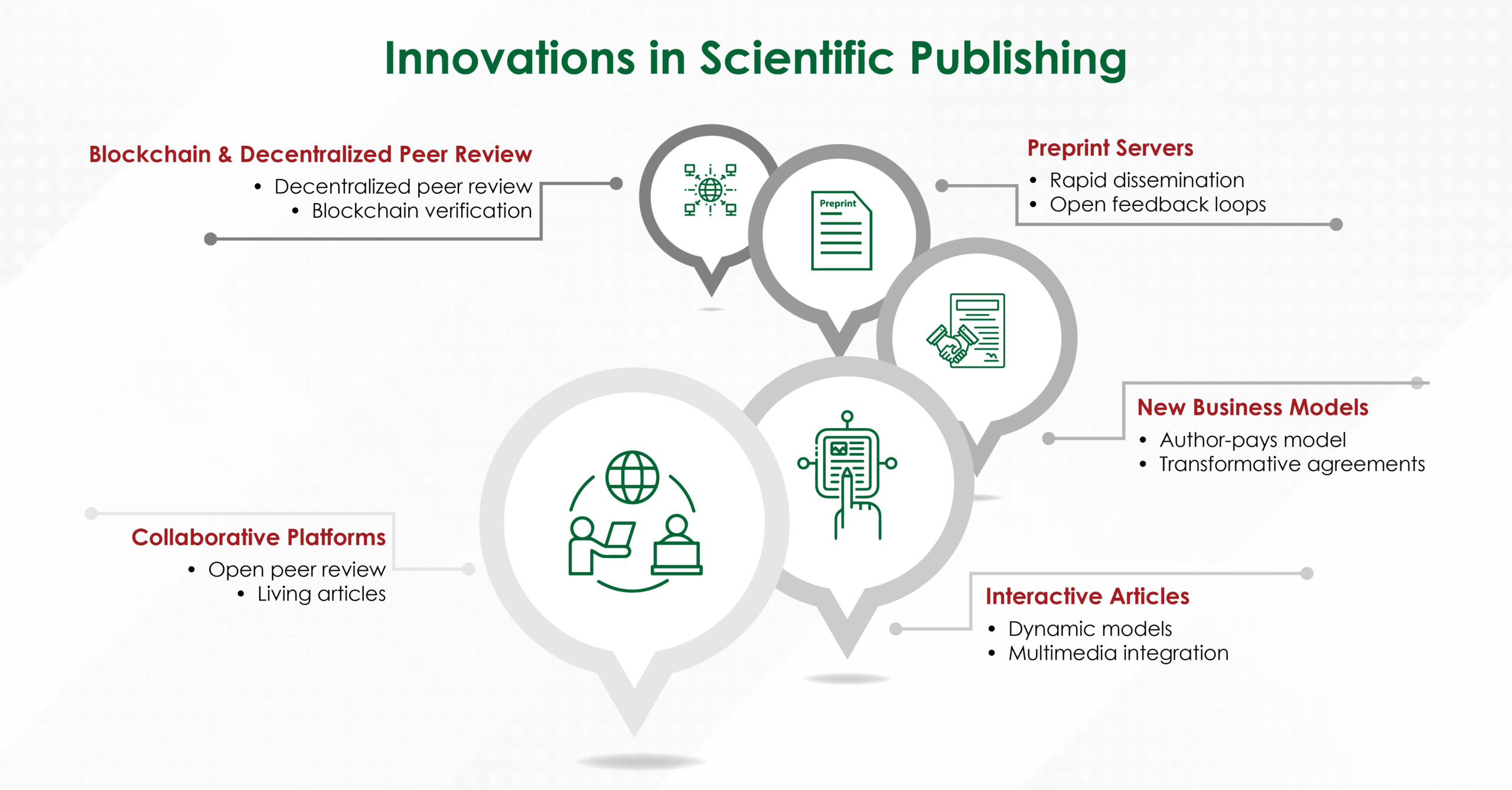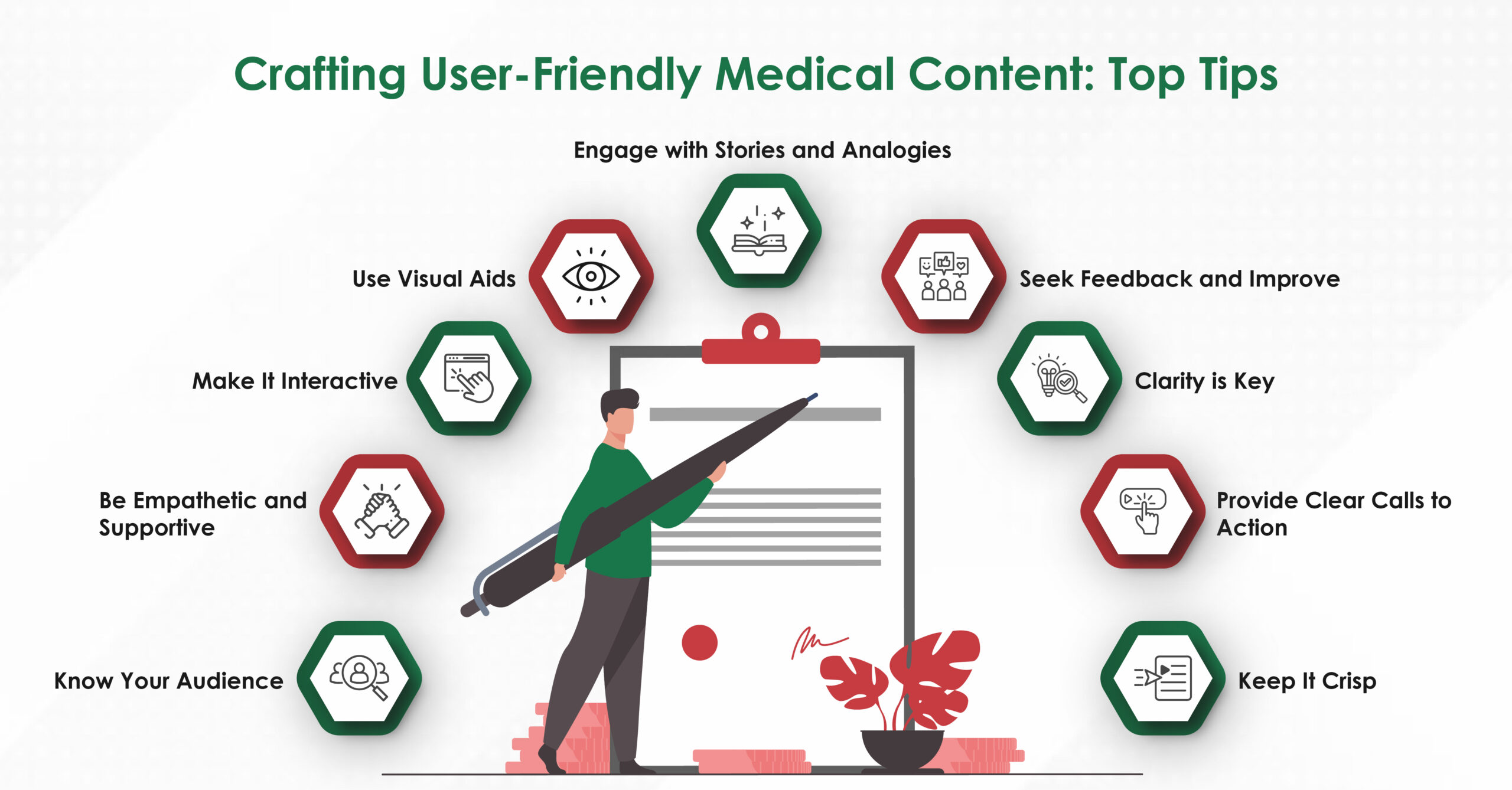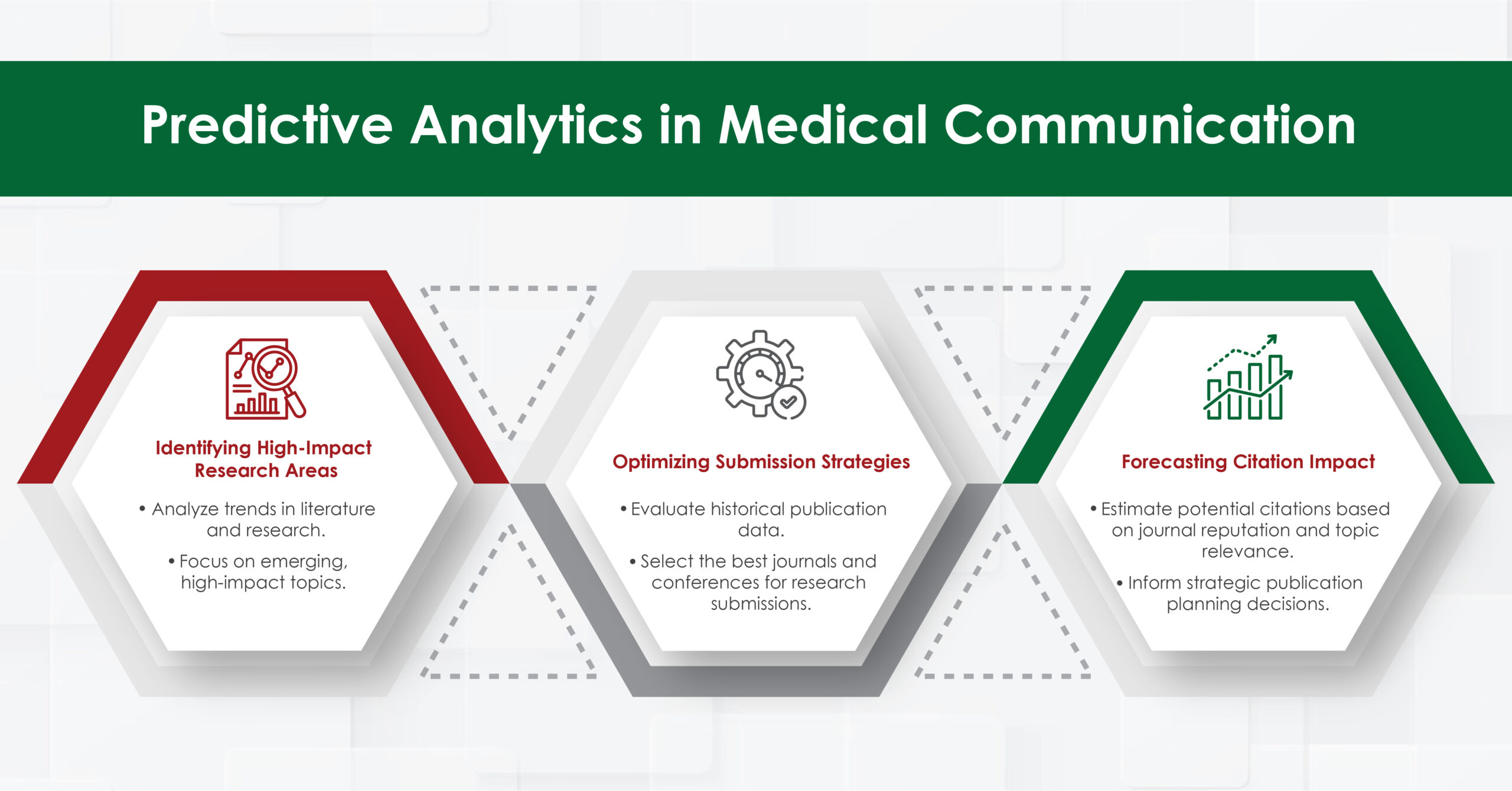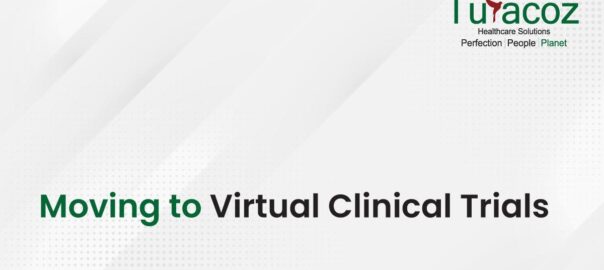In scientific research, precision and clarity are essential for ensuring that valuable findings are accurately communicated to the global scientific community. As researchers delve into complex topics, from medicine to engineering, the role of copy editing becomes critical. While the process of writing a research paper or medical document is intellectually demanding, ensuring that the content is clear, error-free, and accessible often requires an external review. This is where medical copy editing comes into play, improving the quality, readability, and reliability of research outputs.
What is Medical Copy Editing?
Medical copy editing involves reviewing and refining the text of medical or scientific documents to enhance readability, consistency, and accuracy. This process addresses grammar, syntax, punctuation, and style inconsistencies while ensuring that the scientific content remains precise. More than just correcting language errors, medical copy editors ensure that the message is conveyed, free from ambiguity, and in line with the standards required by journals, regulatory bodies, or academic institutions.
Medical copy editing is distinct from developmental editing, which deals with structural issues like content organization. Instead, it focuses on the finer details, ensuring that every word serves a purpose and that the entire document adheres to a consistent style.
Enhancing Clarity and Precision
One of the most significant contributions of medical copy editing is improving clarity. Researchers often use complex language, which can hinder the understanding of key findings. Even within the scientific community, clarity is paramount to ensure research is not misinterpreted or ignored.
A skilled medical copy editor refines technical jargon, ensuring it is understandable to both experts and those new to the field. In doing so, they help avoid potential misinterpretations that can arise from ambiguous phrasing. The copy editor’s objective is to ensure that each sentence communicates the intended meaning without unnecessary complexity or redundancy.
For instance, if a study’s results are described vaguely or using convoluted language, readers might struggle to understand the significance of the findings, while researchers may find it difficult to reproduce the results. By rewording these sentences, a copy editor helps ensure the research is accessible and easy to comprehend, even for non-experts in the field. As research impacts policy decisions, patient care, and future studies, ensuring its clarity is a crucial task for a copy editor.
Consistency in Terminology and Formatting
Medical writing often contains technical terms, specific abbreviations, and references to clinical data. Inconsistent use of terms can lead to confusion, and in the medical context, any confusion can have serious implications. Medical copy editors play a vital role in maintaining consistency throughout the document. Whether it’s ensuring that abbreviations are used correctly and consistently or checking that terminology aligns with current industry standards, the editor’s role ensures the document is coherent.
Furthermore, medical copy editors are responsible for ensuring formatting consistency. Adhering to a journal’s submission guidelines or an organization’s style manual is critical for acceptance and publication. Copy editors meticulously check that headings, subheadings, tables, figures, and citations are uniformly formatted and in line with the required style.
Ensuring Adherence to Style Guides
Different fields of research, journals, and regulatory agencies have specific style and formatting requirements. For example, the American Medical Association (AMA) Manual of Style is a widely used guide in medical writing. It provides guidelines for writing, grammar, punctuation, and citation formats, among other things.
Medical copy editors ensure that manuscripts adhere to these guidelines. Citations are formatted correctly, the text follows the prescribed writing conventions, and figures or tables comply with the required formats. Adhering to these rules increases the chances of acceptance for publication and ensures that the document meets the highest professional standards.
Improving the Flow and Readability of the Document
The arrangement of content is critical to the success of a research paper. Research papers that are difficult to follow, with disjointed sections or unclear transitions, can frustrate readers and obscure the study’s key points. A medical copy editor facilitates coherent section transitions and logical idea progression.
For example, when moving from the introduction to the methods or results section, a copy editor might suggest restructuring sentences or paragraphs to improve readability. By ensuring that each section connects logically, the editor helps the reader stay engaged with the content and reduces the risk of misinterpretation.
Additionally, copy editors prioritize the manuscript’s logical coherence. To facilitate comprehension, the background, methods, results, and conclusions must be systematically arranged. Occasionally, they may recommend to restructure sections for enhanced logical flow.
Addressing Ethical Concerns
Medical copy editors are also responsible for ensuring that ethical standards are upheld in research writing. They verify that references are properly cited, helping to prevent plagiarism, whether intentional or accidental. In the era of open science and data sharing, ensuring proper attribution is vital.
Moreover, editors review whether patient consent, animal research guidelines, and conflict of interest disclosures are properly addressed in the document. Ethical lapses in research publications can damage reputations and compromise the integrity of the research. Therefore, a copy editor plays a crucial role in maintaining ethical rigor in medical manuscripts.
Accuracy and Fact-Checking
While the primary responsibility for accuracy lies with the authors, medical copy editors also perform fact-checking tasks. They check for inconsistencies in data reporting, review statistical values, and verify that claims are supported by appropriate evidence. This ensures that the research stands up to scrutiny from peer reviewers and readers alike.
Read More: Medical Copy Editing: A Step-by-Step Guide to Edit Your Document
Moreover, medical copy editors review references to ensure relevant, and correctly cited. Accurate references lend credibility to the research, and failing to properly attribute prior work can lead to accusations of plagiarism.

The Role of Technology in Copy Editing
Technological advancements have introduced new tools for copy editing, such as automated grammar checkers and reference management systems. While these tools are valuable for speeding up the editing process, they are not infallible. Medical copy editors use these tools carefully to ensure that the manuscript is polished to a high standard.
For instance, while a grammar checker can catch basic errors, it cannot replace the critical thinking required to ensure a manuscript is logically sound and free from ambiguities. An experienced medical copy editor goes beyond mere error correction, considering the broader context of the manuscript and ensuring that the content aligns with the research’s goals.
Conclusion
Medical copy editing is an indispensable part of the research publication process. It ensures that research papers are clear, consistent, accurate, and ethically sound. By refining the language, improving the flow of ideas, and ensuring adherence to style guides, medical copy editors enhance the overall quality of scientific writing.
At Turacoz, we specialize in Medical Copy Editing to ensure research manuscripts, clinical documents, and medical reports meet the highest standards of clarity and accuracy. Our expert editors enhance readability, correct errors, and ensure compliance with style and ethical guidelines. By refining scientific content, we help researchers present their findings effectively, increasing the chances of successful publication. We believe quality research deserves precise communication, and our editing services are tailored to achieve that.
















